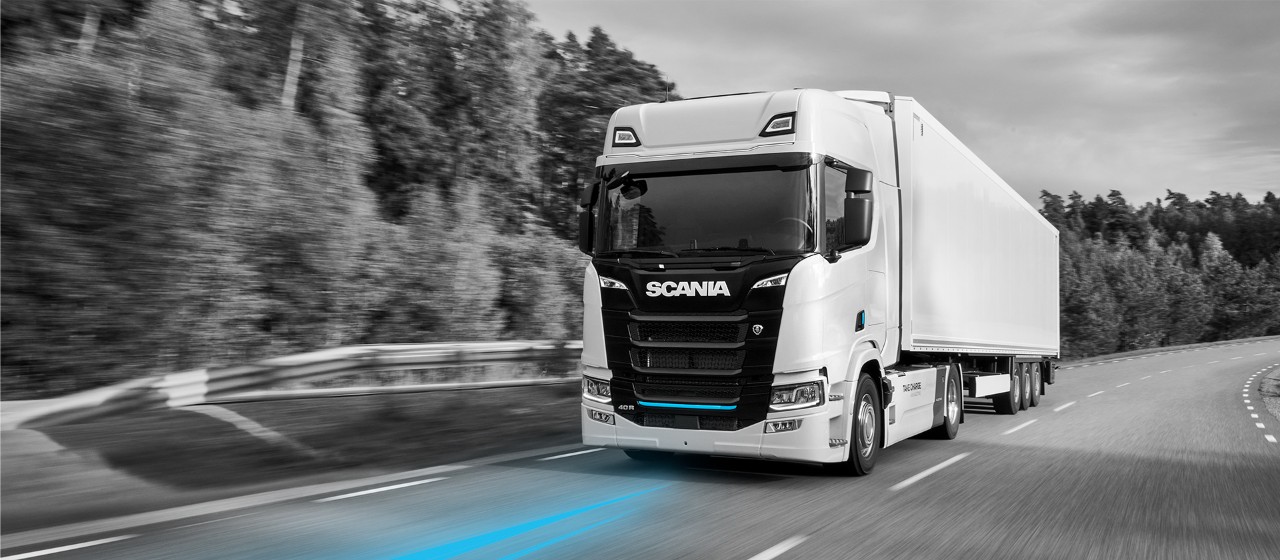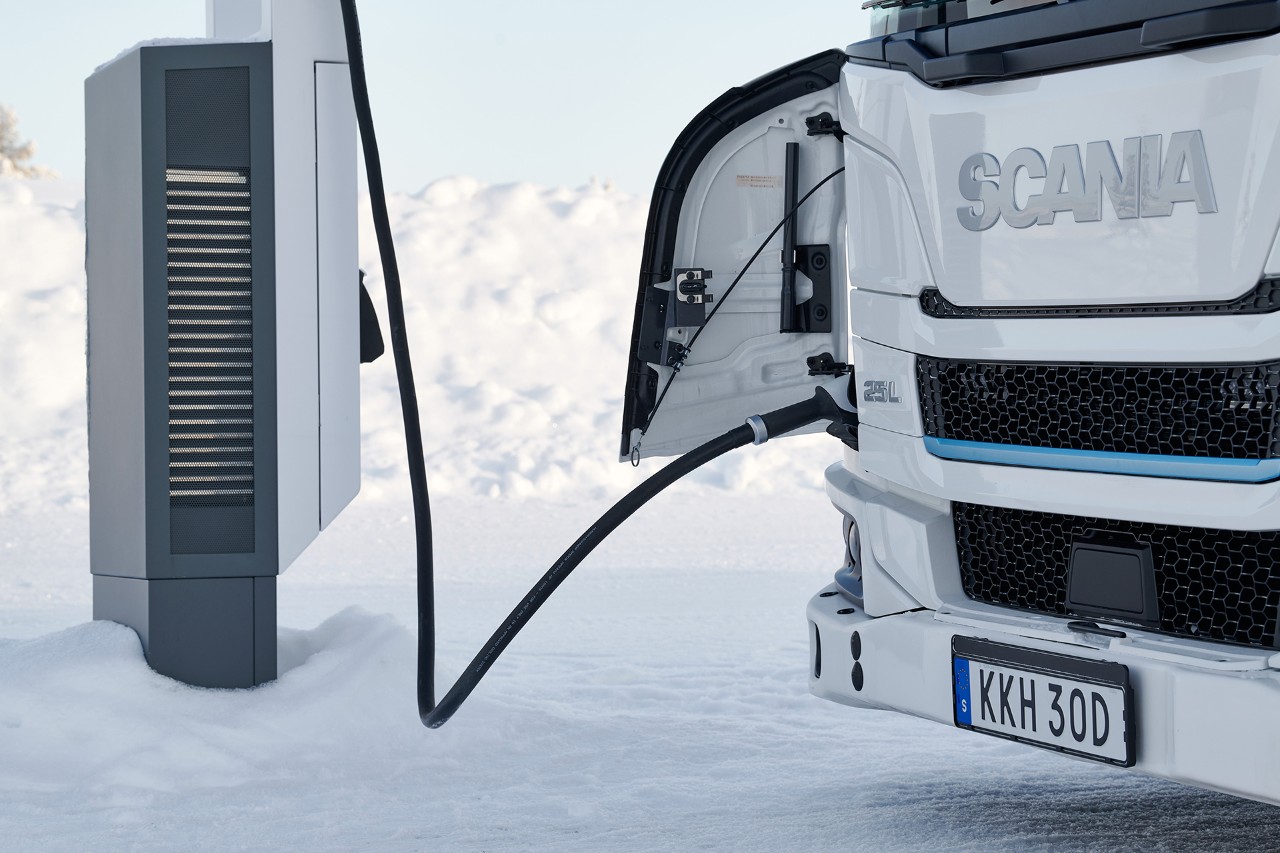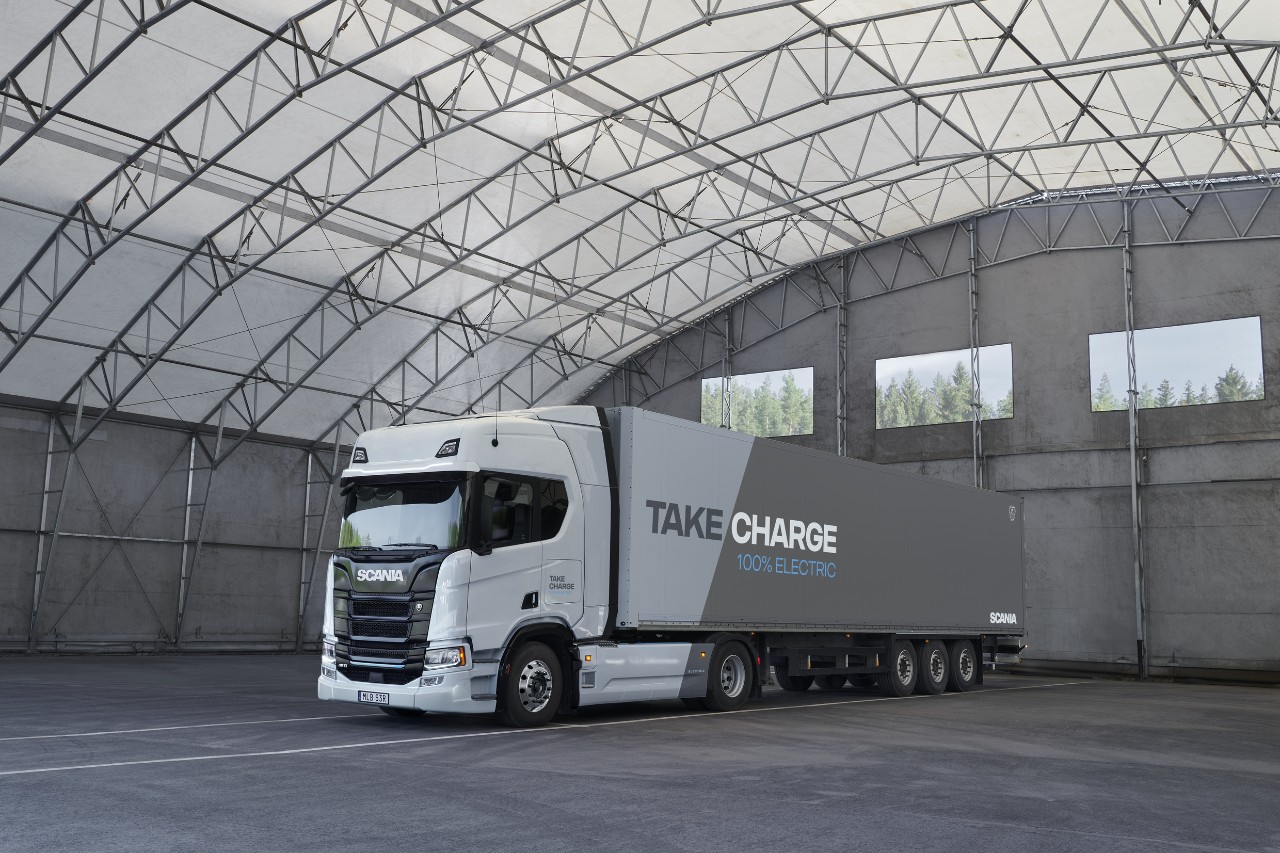
Three ways BEVs bring new solutions for financing
The financing arrangements for electric trucks will be a bit different from traditional ones. Longer contracts and new financing solutions based on how much the haulage companies use the vehicles will become more common.
In many ways, haulage companies have begun to realise the long-term business opportunities arising from electrification. But some are still puzzled about the financial side of an investment that is often around two-and-a-half times more than the upfront cost of a traditional diesel truck.
Common questions include: “What will the resale value of the battery electric vehicle be?”; “How can we best fit the acquisition of electric trucks into our business plan?” and “Should we buy or lease the battery-electric vehicles (BEVs), and if we go for leasing, for how long?”
“The exact answers to these questions don’t have to look the same for two different transport companies,” says Per-Eric Ericsson, a senior business developer within Scania Financial Services, the unit within Scania that provides financing solutions for the company’s customers worldwide (see box).
He explains that recommending a certain solution including the package of services to a particular customer is ultimately all about understanding their day-to-day operations, including their ‘pain points’.
“Here, there are no differences between BEVs and diesel trucks. We always tailor our financing solutions to each customer’s needs and possibilities. This will also include financing of charging solutions,” he says.
Three scenarios with three solutions
Still, there are specific characteristics when it comes to the financing of electric trucks. Per-Eric Ericsson outlines three different scenarios that we will see more of in the future:
1. Rental – for peaks in demand
This solution is typically used when there are peaks in demand for transport capacity. For rental services the vehicles are specified by Scania and thus are not customer-specific. Rental is available for short durations (days, weeks or longer, if the customer requires).
“Today Scania doesn’t offer rental per kilometre, but we are investigating this as a usage-based alternative,” says Ericsson.
2. Pay Per Use – lower costs when demand is lower
Pay Per Use is much like a traditional lease contract with a fixed start and end-date. But instead of paying the same monthly leasing cost the transport company pays a limited basic monthly fee plus a variable kilometre-based fee.
“For a transport company that has peaks and troughs in demand, Pay Per Use is a great way to lower monthly costs during periods when demand is lower. This way, fewer kilometres will have the same effect on costs as lower fuel consumption would have for diesel vehicles.”
3. Vehicle as a Service (VaaS) – pay for capacity used
VaaS is a contract based on capacity rather than on a specific vehicle, which also allows the transport company the flexibility to return or obtain any additional vehicles that are needed to perform the transport assignments.
“The idea is that Scania takes the utilisation risk instead of our customers, with the risk of having vehicles standing in the yard. This opens up for customers to reduce their balance sheet exposures, but VaaS contracts are a bit complex and will by their very nature have to be more costly. Nevertheless, VaaS is something that we will explore more in the future,” says Ericsson.
Longer contracts will be more common
In addition to the three scenarios outlined above, traditional financing solutions such as financial and operational leasing solutions will still be relevant for battery-electric vehicles. The same goes for loan financing.
“However, we believe that the bigger investment for a BEV compared to a diesel truck will see more customers choosing longer contracts as well as opting for solutions that are based on the actual usage,” says Ericsson.
He adds that Scania’s financial services representatives are the obvious experts on vehicle financing, compared with banks and other financing institutes.
“In collaboration with the rest of Scania we have a lot of aggregated knowledge and experience,” Ericsson says. “We know the product and the market, and we are familiar with our customers’ daily challenges, including the ones connected with electrification. We may be a global company, but we act locally.”
Scania’s Financial Services offering in brief
- Financing – such as an operational lease, financial lease, hire purchase and loan agreement.
- Insurance – such as casco, motor third party liability, fleet (linked to the vehicle); gap and credit life (linked to the contract).
- Service contract schemes could be added to the package, such as repair and maintenance.
Find more information on Scania.com, or contact your nearest Scania representative or local Scania dealer.
Scania Financial Services in numbers
- Active in 65 countries.
- Around 1,200 employees.
- 47,000 customers.
- 112,000 insurances.
- Portfolio of 160,000 vehicles financed (Almost every second Scania truck is financed by Scania Financial Services – exceeding 40% penetration of new truck sales.)
Read more

Charging
We help you find the right charging solution for your specific need.
